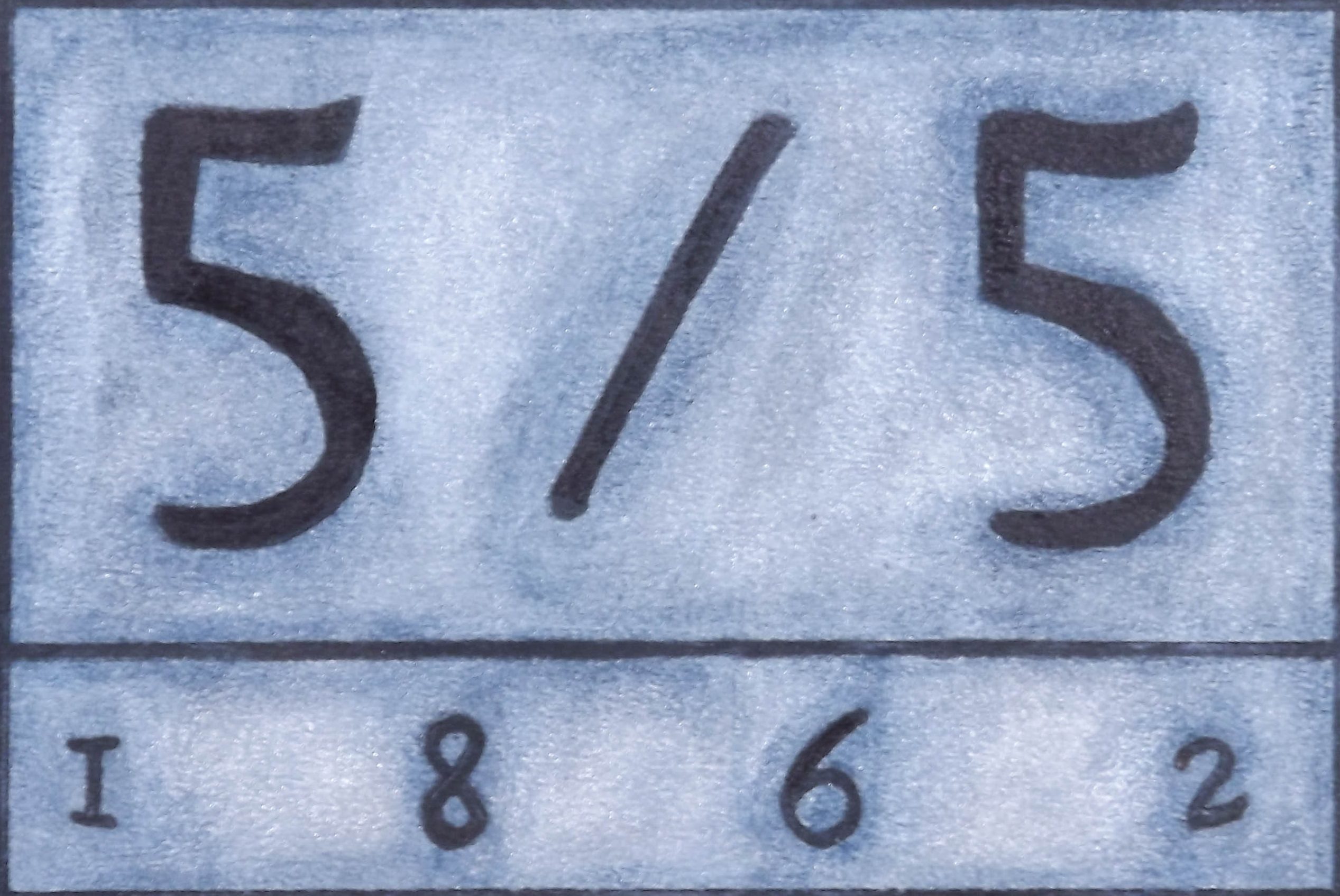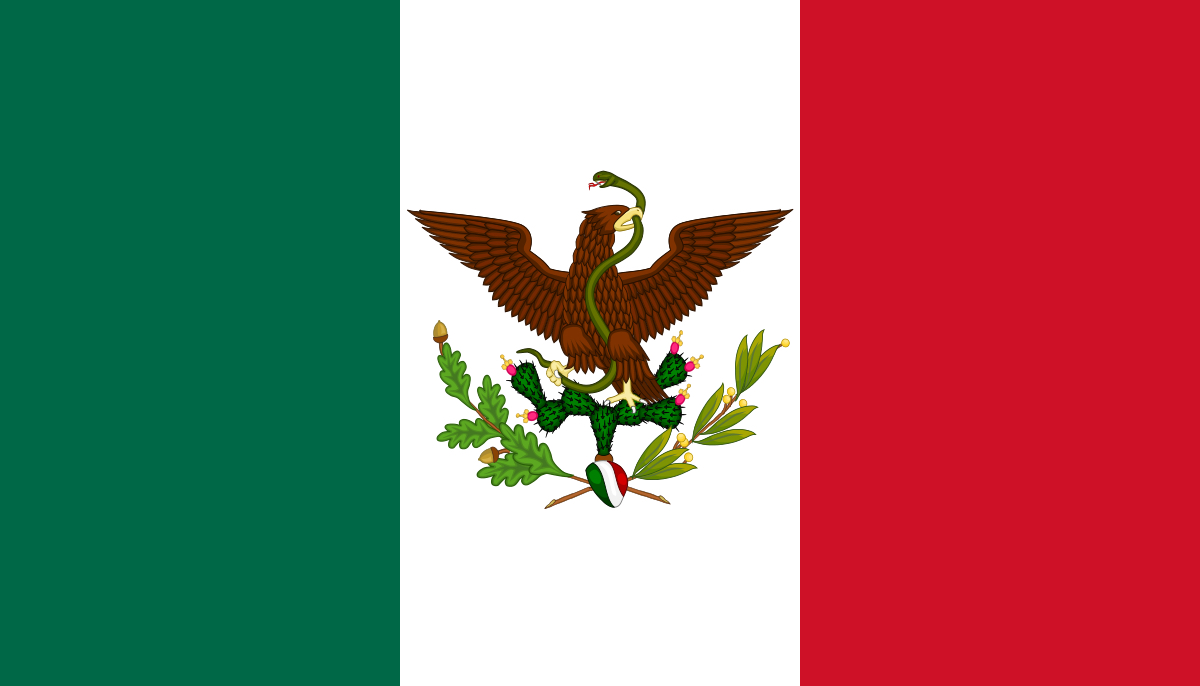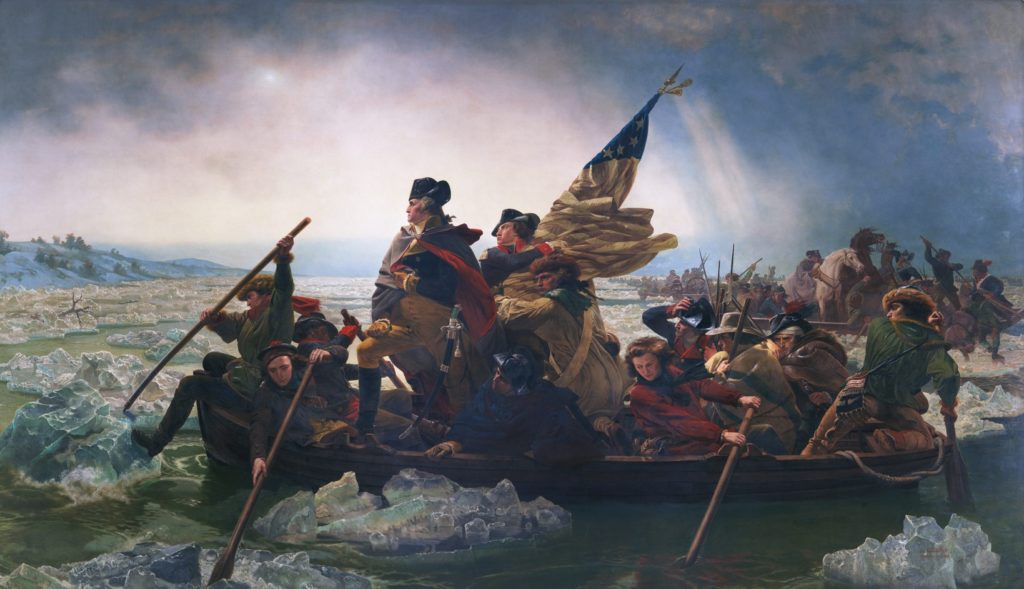AN HISTORICAL DOCUMENT
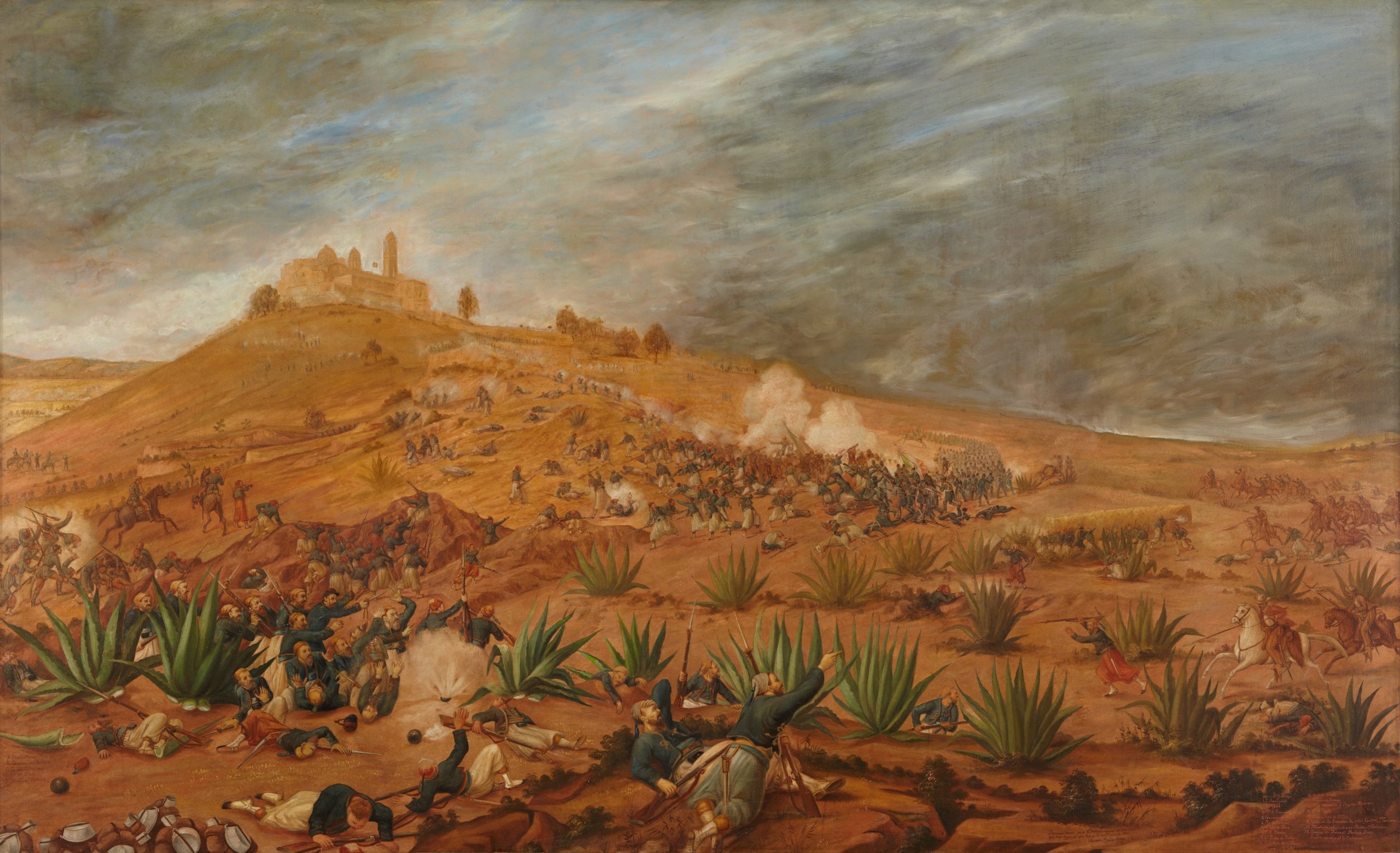
While observing this piece the viewer has to pay close attention to its bottom corners where the author clearly explains
the positioning of the troops in battle. Furthermore, one also must pay close attention to the signature and sentence which reads:

“Having participated, I was an eyewitness of the battle that took place Monday 5th of May 1862”
Patricio Ramos Ortega
The painting on its inferior left corner one can read the following:
(Verbatim)
A. Estado Mayor Frances.
B. Cazadores de lurcecus.
C. 10 de marina
D. 99 de linea
E. Traidores Zuavos
And on its inferior right side:
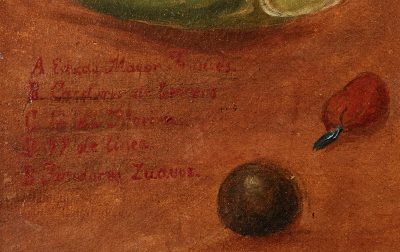
(Verbatim)
- Cerro de Guadalupe
- Gl Berriozabal
- Gl Negrete
- B. Zacapoaxtla
- Cazadores de Morelia
- Fijo de Veracruz
- 1er Ligero de Toluca
- T.N. Mandez
- 2o Activo de Puebla
- Caballeria de Gl Alvares
- Charros del Gl Solis
12. Cerro de Loreto
13. Prisioneros Zuavos
14. Batallón de Michoacán
15. J.C. Bonilla
16. Rancho Biejo de San Jose
17. Yglesia de los Remedios y Cuartel General, Yo Zaragoza
18. Tiradores Voluntarios de Puebla. Cl Balcazar
19. Camino de Amozol, Porfirio Diaz, Gl Lamadrid y el Cl. Zalazar
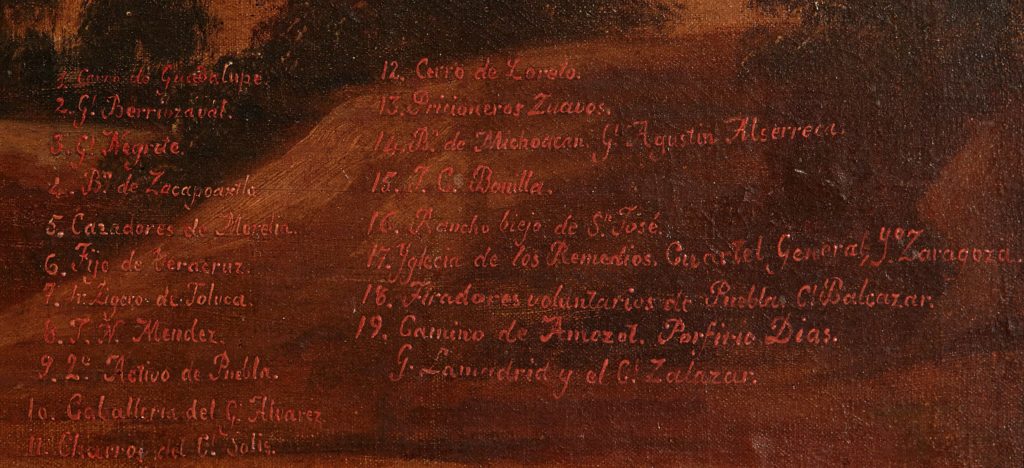
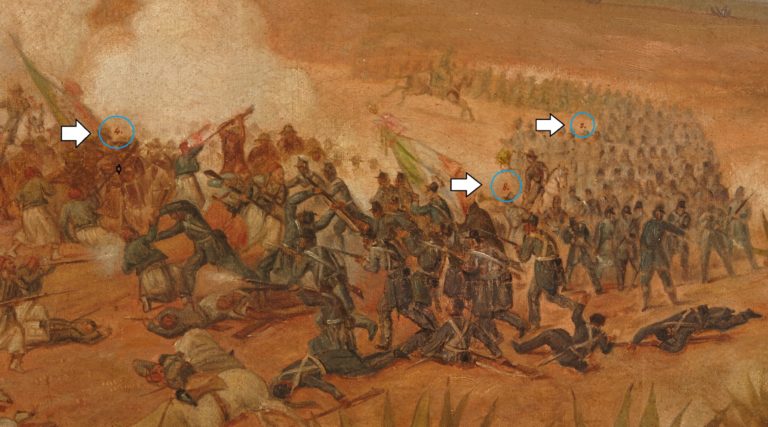
The pivotal point of this iconographic representation, which is at the same time is a painting,
is the fact that it describes in detail the Battle of Cinco de Mayo
The relevance of this historical document is the fact that the author, Patrico Ramos, was a soldier, artist and participant,
and consequently eyewitness to the battle. One can conclude that more than a painting this piece is an historical document.
“Patricio Ramos shows different moments and aspects of the Battle… His brush, in the front line of fire, is an authorized voice that narrates, in detail, some facts exceptionally. We can say, as a hyperbole, that his paintings has thunderous and ooze gunpowder everywhere. Although they are war-like descriptions, they are exempt from ideological burden. They are objective materials closer to the journalistic report than to the work of art, without demeriting the importance of the latter. On the contrary, the representation of the events, are graphic testimony of a fundamental milestone in the consolidation of the Mexican nation”
Victor Hugo Valencia Valera.
Director of the National Institute of Anthropology and History of Puebla. Description of the Battle Won on Cinco de Mayo,
1862 National Commemorative Committee of the 150th Anniversary of the Battle of Puebla. Page 8
PATRICIO RAMOS ORTEGA, BATALLA DEL 5 DE MAYO.
A comparison to other Famous Battle Scenes.
Battle Scenes is one of the oldest types of art. They have existed throughout history, since battle conflict has existed since the beginning of time. Battle scenes, as part of history paintings, usually depict moments in a narrative history. War artists were commonly appointed by governments for information or propaganda purposes; consequently, battle scenes have a strong relationship with nationalism.
Numerous artists have battle scenes exhibited in museums, from Diego Velazquez to Peter Paul Rubbens, as does Patricio Ramos Ortega. However there are certain peculiarities that one must emphasize in other fully appreciate the historical context and significance of Ramos Ortega’s Batalla del Cinco De Mayo. In order to do so we analyze and compare two worldly renowned battle scenes to this piece. By doing so we emphasize the significance and differences of each and consequently fully appreciate the historical significance of the work of Ramos Ortega. As we shall see, what makes Ramos Ortega’s work different is the fact that Ramos participated as a soldier in the battle of Cinco de Mayo, and consequently is an historical document.
PABLO PICASSO. Guernica
To begin, let us examine Pablo Picasso’s “Guernica”. This magnificent painting is a cubist interpretation of the aerial attack on Guernica, in the Basque Country, during the Spanish Civil War by the fascist nationalist forces of Francisco Franco. This Painting is part of the collection of the Reina Sofia Museum in Madrid. The Guernica is one of the world’s most controversial paintings of the XX Century and has been used as a symbol of protest worldwide. It portrays the pain and horror as a way to repudiate violence from the oppressor, in this case Spanish Nationalist, as inflicted upon the weak. Picasso very successfully gave a political statement against violence in his masterpiece. However, Picasso never gave direct interpretations of his work and the Guernica is not an exception. Rather, he allowed the viewer to use his or her imagination. The Guernica is full of symbolisms, and consequently has had endless interpretations by scholars throughout decades. For example Picasso used only white, gray and black, as he might have wanted the viewer to make a connection between the lack of color and the dark brutality of the attack. Furthermore, Picasso, throughout his career used the bull and horse in a vast number of occasions, but in the case of the Guernica, scholars believe that they represent the fascist and the repulican army respectively. The bull seems to not have an expression while witnessing the carnage of the attack while the horse is grieving in pain.
Another historical battle scene worthy of examining is Emanuel Leutze’s Washington Crossing the Delaware which commemorates George Washington’s crossing the Delaware River, during the American Revolutionary War of 1776. There are two versions of this masterpiece, one of which is now in the Metropolitan Museum of Art in New York City and The other was in the West Wing reception area of the White House in Washington, D.C. This painting is an elegant blend of Neoclassicism and Romanticism. And hence, unlike the Guernica, is far less open to interpretations. However, what it lacks as far as interpretations it undoubtedly makes up as to symbolism. For example, the man standing behind Washington is Lieutenant James Monroe, who would later become the 5th US President. Curiously the flag that Monroe is holding would not be designed until 1777. That is a year later than Washington’s Crossing the Delaware. Another example is the fact that Leutze painted a wide variety of people, inhabitants of the colonies at that time, in the boat with Washington. By doing so the artist symbolized average men and women , and not soldiers, fighting in unity for the liberty of the colonies.
EMANUEL LEUTZE. Washington Crossing the Delaware.
As previously stated, unlike both Leutze and Picasso, Ramos Ortega, participated as a soldier in the battle ofCinco De Mayo. In his painting one can reconstruct what factually happened in the battlefield and not an interpretation of the events. Ramos Ortega even wrote on canvas: “Having participated, I was an eyewitness of the battle that took place Monday 5th of May 1862”. He even went as far as to enlist the different components and participants of the battle. In contrast Picasso painted the Guernica in his home in Paris in 1937 , and therefore was not witness to the events. Furthermore, Picasso, unlike Ramos Ortega, leaves the viewers to freely interpret the symbols and even stated “Otherwise it would have been better if we wrote them out in words”. Contrastingly, this is what Ramos Ortega actually did.
As far as Emanuel Leutze’s Washington Crossing the Delaware is concerned , the artist was also not an eyewitness to the events. As we know Washington crossed the Delaware in 1776, However, Emanuel Leutzepainted his work 74 years later in Germany, while several countries throughout Europe were going through their own revolutions. Surely, Leutze wanted to spur the American revolutionary spirit in those countries . As we mentioned previously Emanuel Leutze’s work lacks historical accuracy (the flag and people in the boat), however his piece more than makes up for this as to revolutionary spirit is concerned . Unlike Patricio Ramos Ortega’s Batalla del Cinco De Mayo, Leutze’s portrait is an idealization, not grounded in historical accuracy.
Patricio Ramos Ortega’s Batalla del Cinco De Mayo is purely an account of the events. Ramos Ortega’s piece lacks ideological context and is purely as historical description. For this reason one can describe this piece by referring to it firstly as a document and secondly as a painting. Being this what makes it incomparable to Pablo Picasso’s “Guernica” and Emanuel Leutze’s Washington Crossing the Delaware.
Francisco Díaz Cuéllar
